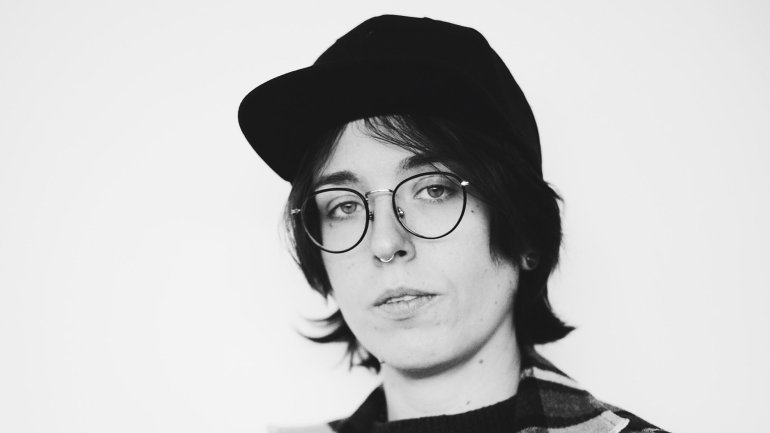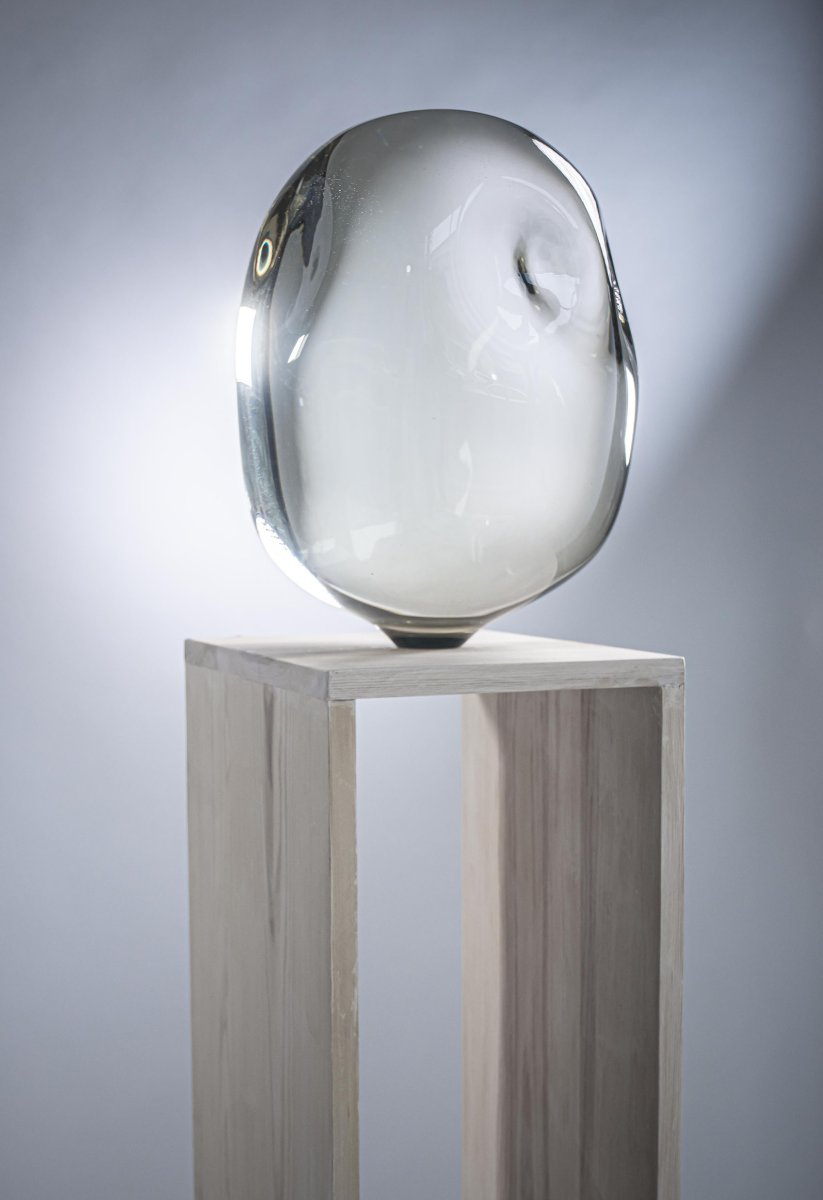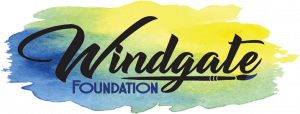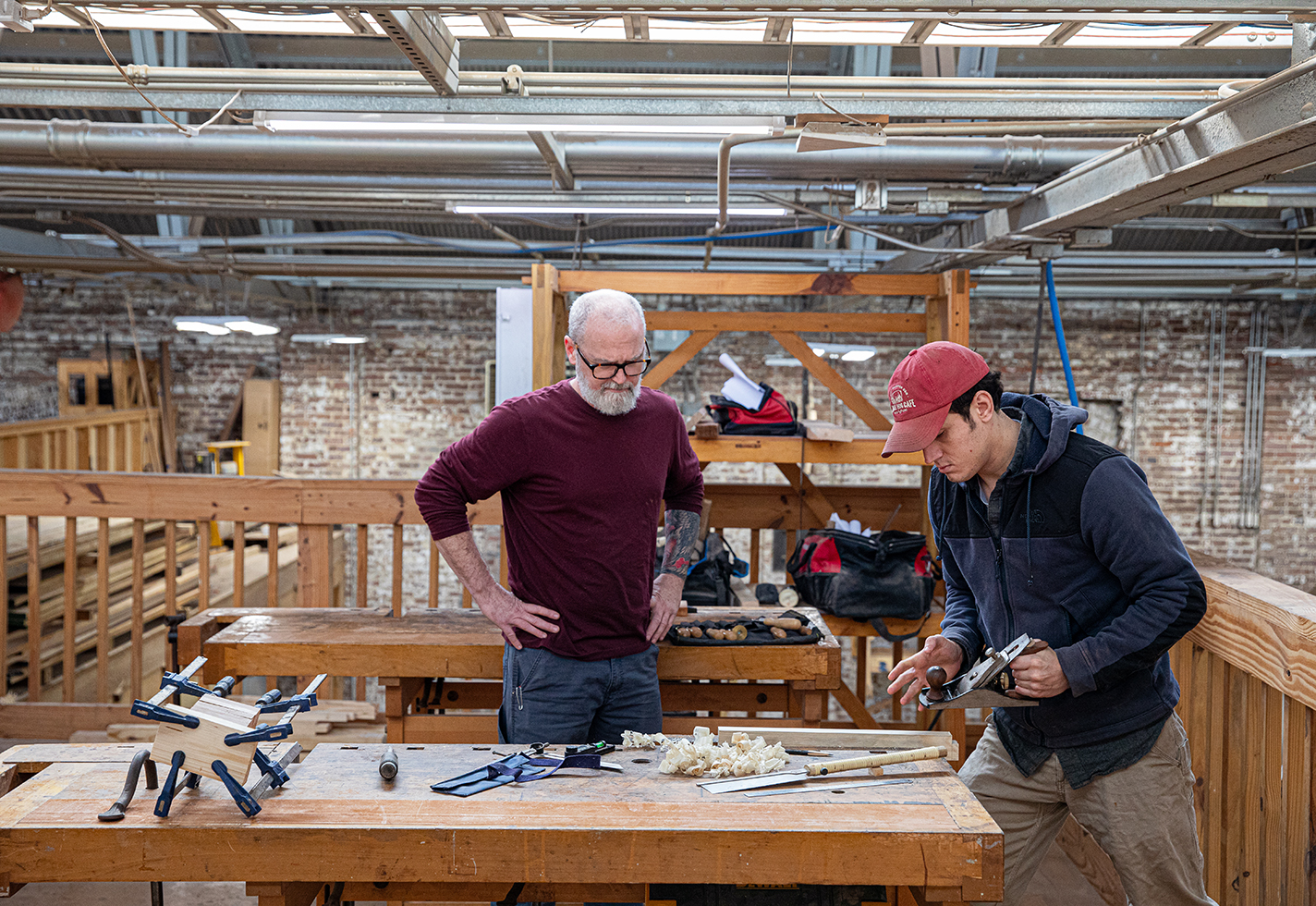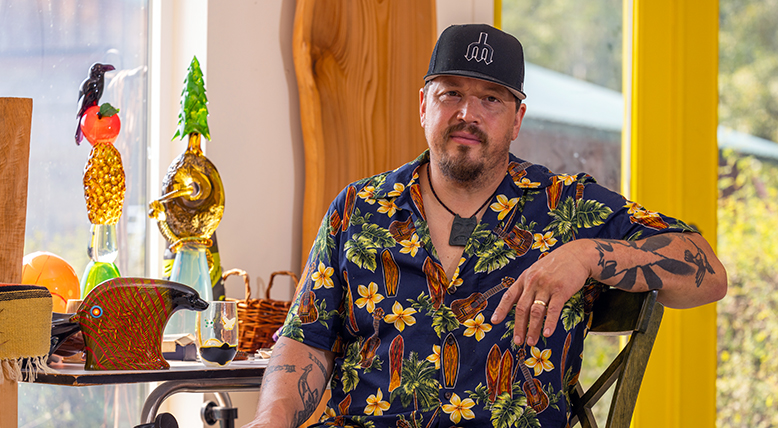Jo Andersson’s mesmerizing glass sculptures are imbued with light and energy.
Andersson came to glassblowing to heal. After early traumatic experiences, the American-born Swedish artist started working with glass, drawn by the intense concentration required by the medium. “What glassblowing did for me was help me come into the now, which is one of the most healing things that you can do for trauma,” she says. “If you’re not present, you lose the glass piece.” Andersson’s recent work reflects this presence and energy: her glass Light Vessels are bulbous and irregular with dents, bumps, and divots. When they are filled with water and lit by an external light source, the reflections, shadows, and refractions surprise and delight viewers. Funkylicious, a new series of decorative sculptures, comprises one-of-a-kind colorful, jellyfish-esque blown-glass sculptures. Andersson is also developing lighting in neon. Jon Spayde wrote about her work and its unique healing and calming properties in “Craft That Calms” in the Spring 2024 issue of American Craft.
How do you describe your work or practice in 50 words or less?
My practice is personal and intuitive. In the past, I have used making as a form of therapy to reconnect with myself and the present moment. Now I would say that making is just fun for me. I get to let go and just “be,” have fun, be silly. My practice and work evolve as I grow, heal, and get to know myself better.
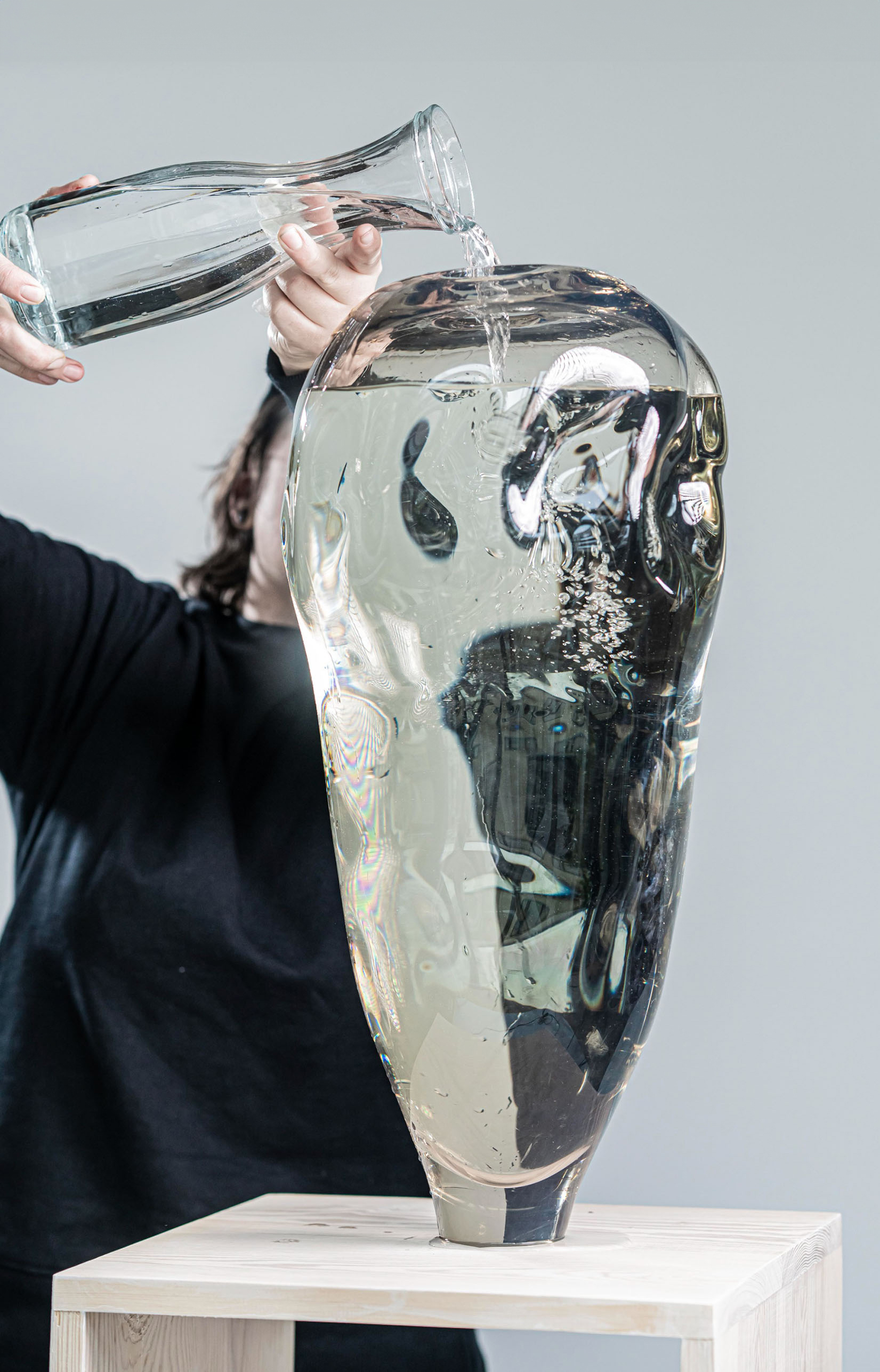
Jo Andersson pours water into her Light Vessel 4, 2020, 23.5 x 11 in.
